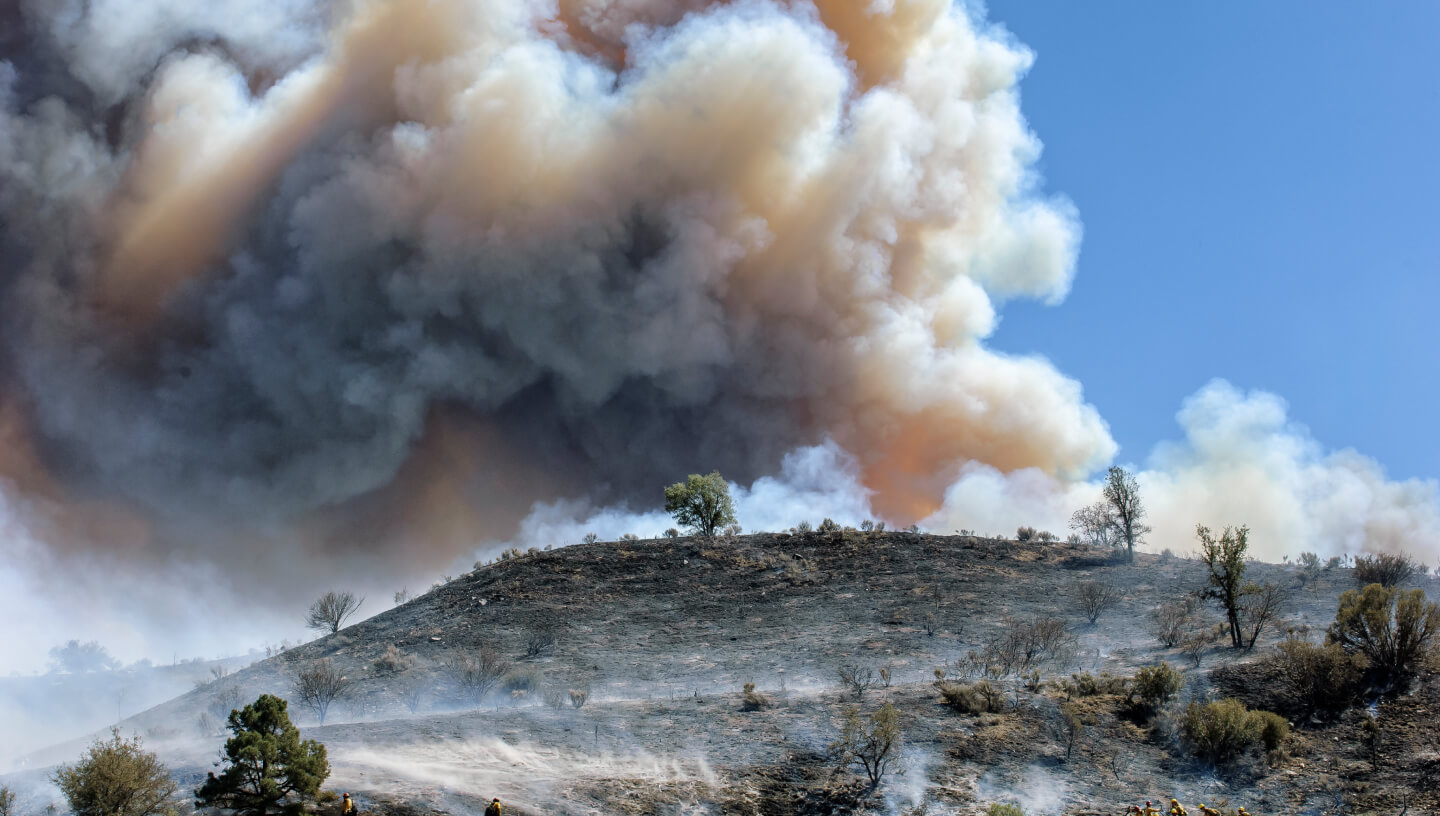28.10.2022
Smoke from wildfires proves more dangerous to the climate than previously thought — study
 Photo by: milehightraveler / iStock
Photo by: milehightraveler / iStock
Forest fires remain a major source of air pollution around the world. Scientific predictions suggest that the situation will worsen as climate change continues. This is the conclusion reached by Canadian and American scientists from the University of Toronto, Oklahoma State University and the Massachusetts Institute of Technology, reports Phys.org.
The problem with smoke from forest fires is its high content of so-called ‘brown carbon’ — soot particles that absorb solar energy and accelerate global warming.
Over time, ‘brown carbon’ is bleached through chemical reactions with atmospheric oxidants such as ozone, becoming white. This means that sooner or later it begins to reflect light and stops heating up the Earth.
This process strongly depends on the atmospheric conditions associated with the region of the world. The longer carbon remains ‘brown’, the more it affects the environment and climate.
It has previously been assumed that the reactions between “brown carbon” and ozone are relatively fast. Within one day of the release of soot from a fire, most of the carbon stops absorbing the sun’s radiation.
But now, through a combination of laboratory experiments and atmospheric modelling, it is clear that the interaction between “brown carbon” and ozone may be much slower.
Experiments with pine wood smoke have shown that ‘brown carbon’ quickly discolours when reacting with ozone in a warm and humid environment. But when the temperature drops, the soot takes its time to lose its colour.
This is because temperature and humidity change the viscosity of the aerosol particles. Humid conditions cause large quantities of water to be absorbed by the particles, causing them to become very fluid.
If this water is removed and the aerosols cool down, they become very viscous, like molasses, or hard, like glass.
In order for ozone or another oxidising agent to bleach brown carbon, the element must penetrate the smoke particles and mix with them. When these particles become viscous, it takes a very long time for the oxidizer to mix. In some cases, more than a year.
When smoke particles rise above 1 kilometre in altitude, they become extremely viscous and the bleaching process almost stops.
Research on atmospheric aerosols could bring us closer to understanding their overall impact on the environment, making us better prepared to cope with the possible future of our planet, scientists said.
Cover photo: GomezDavid / iStock


























Comments